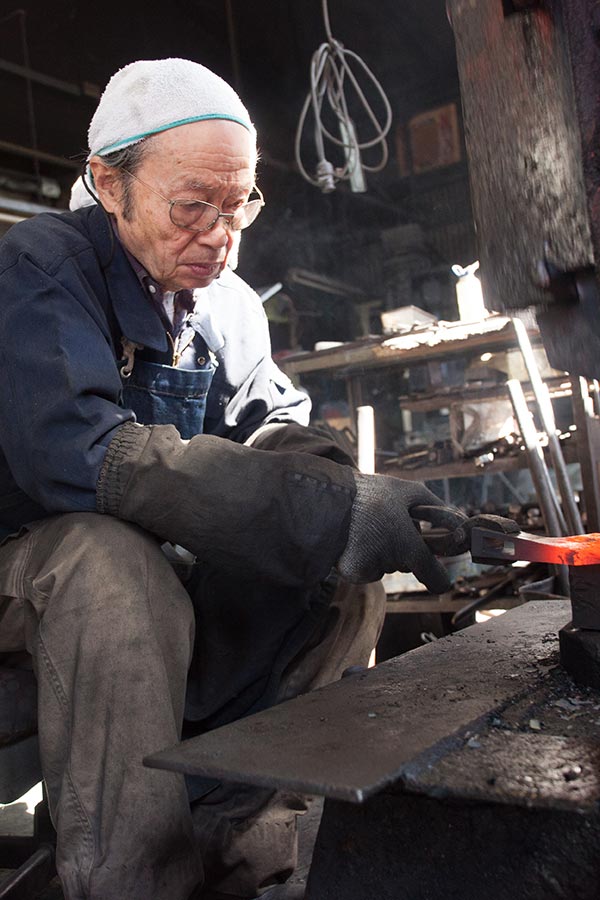
Our Products
In Sanjo City (famous in Japan for its metal-working), Mizuno Industries was founded in 1937 by Yoshio Mizuno, originally making replacement blades for wood planes.
At the time, axes were popular tools for farming and forestry, as well as for chopping logs for fires to heat water for bathing. Still in industrial use today, their use now also includes chopping logs for wood stoves, campfires and other outdoor activities.
At Mizuno, we make a variety of axes and other tools, both traditionally-shaped and modern-styled. You’re sure to find one to exactly suit your needs, from daily tasks such as chopping logs, to special projects requiring high-quality pliers for working with sheet metal.
The Characteristics of a Mizuno Tool
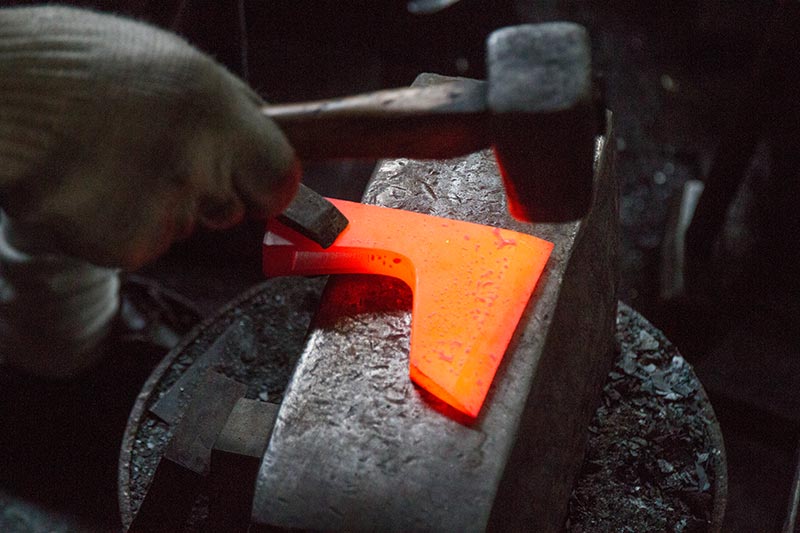
Mizuno Craftsmanship
Our tools are each carefully handmade by experienced craftsmen.
Mass-production just can’t create the quality tools we offer to a wide range of satisfied users: the perfect cutting edge on our axes; the comfortable feel in the hand of every Mizuno tool.

Mizuno Quality
Each part of each item is crafted with care by our experienced professionals, from the steel axe heads, to the wooden handles and even the blade covers.
In making our axe handles, for example, we use only the finest oak from northern Japan, naturally hardened over years of hot summers and cold winters, creating a fine-grained wood with lifetime durability.

Maintenance
If your tool ever needs maintenance, we’ll be happy to help you with that too.
For example, we can replace axe heads or handles, as well as realign the gripping surfaces on our sheet-metal bending pliers and tighten up their articulation. Just ask us about anything you need done!
The “Mizuno” line of hand axes, broadaxes, wide-blade axes, heavy axes and chisels
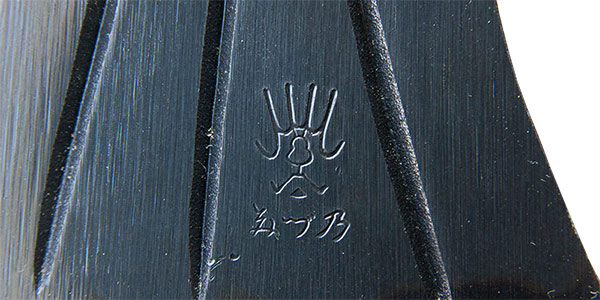
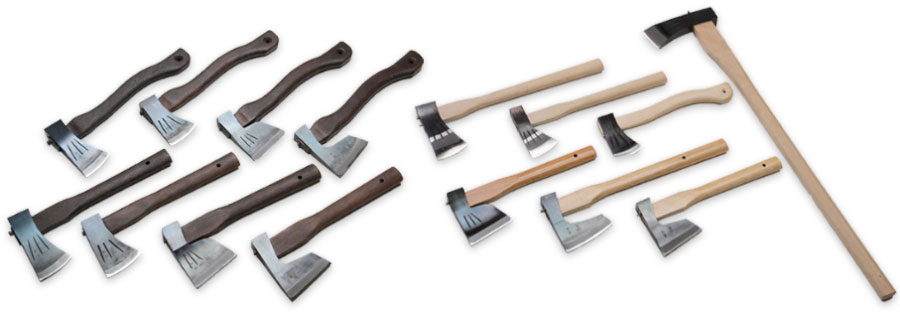
Our “Tokyo Kazumitsu” line of sheet metal bending pliers

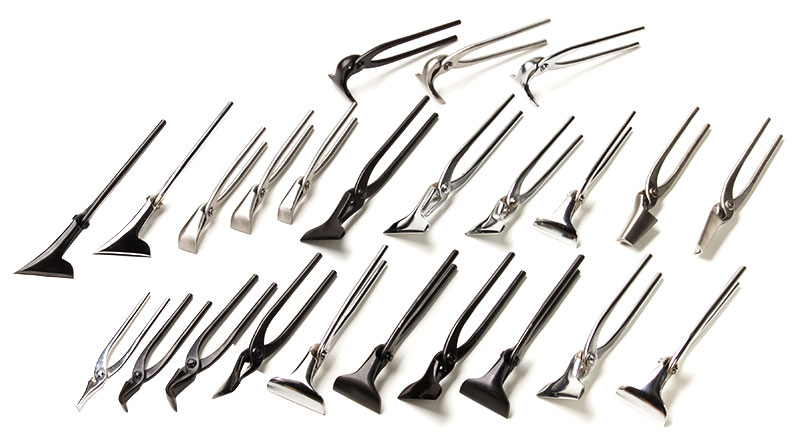


The grooves on our axe heads
As part of our traditional axe-crafting process, we carve 3 grooves into the left side, and 4 grooves into the right side.
These grooves symbolize the presence of the Shinto gods in nature, and invoke their protection when the axe is used to do potentially dangerous work.
Why the grooves on our axe heads?
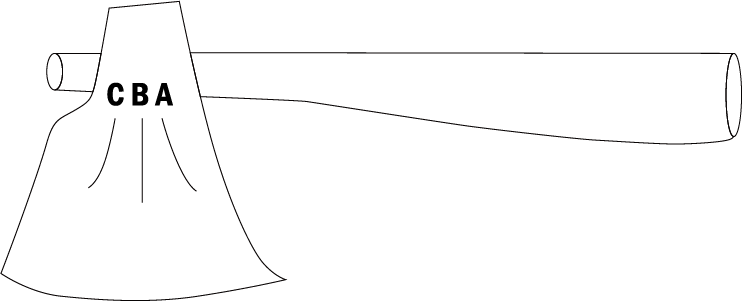
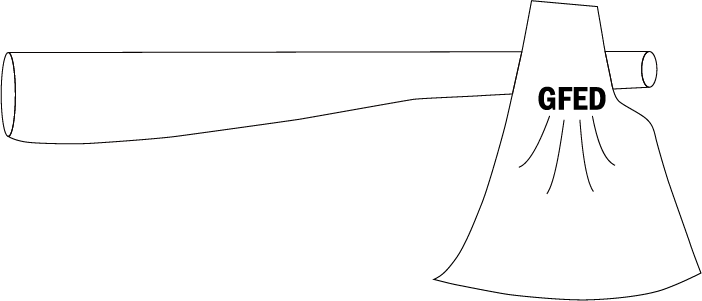

About Japan’s “Traditional Craftsman” certification
In 1974, the government of Japan introduced this certification to preserve traditional techniques involved in creating special local crafts, by officially recognizing those who had mastered these techniques and were striving to pass them on down to future generations.